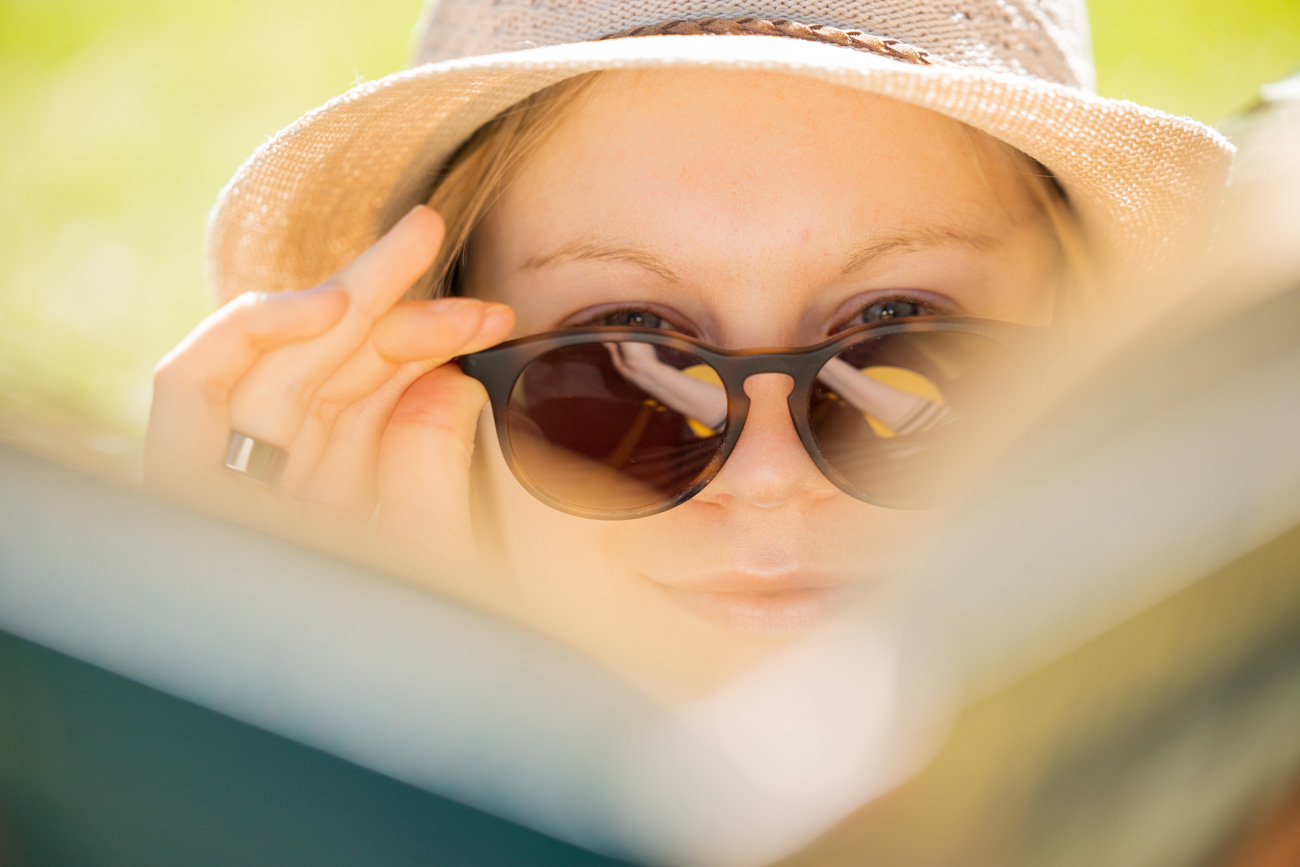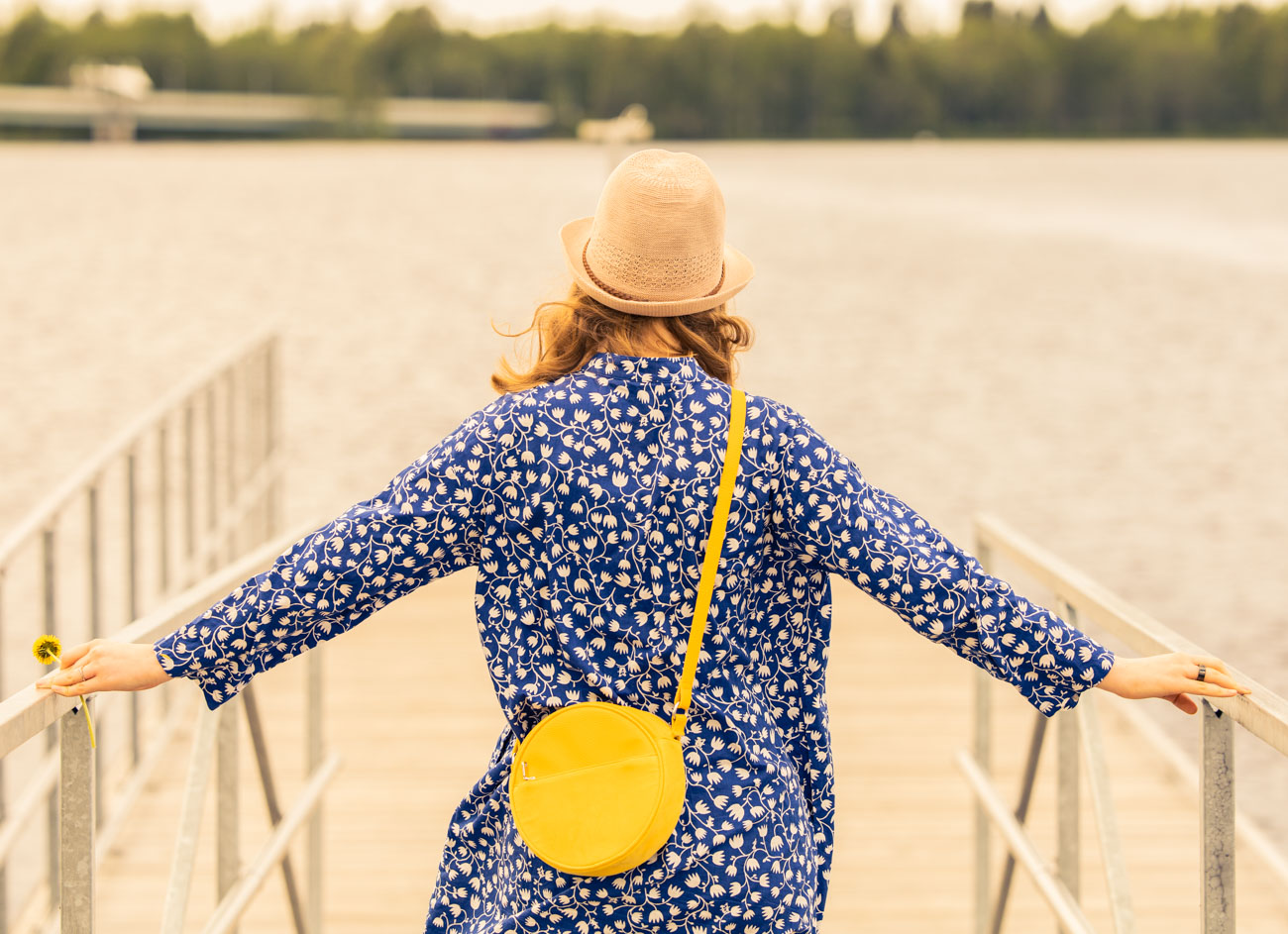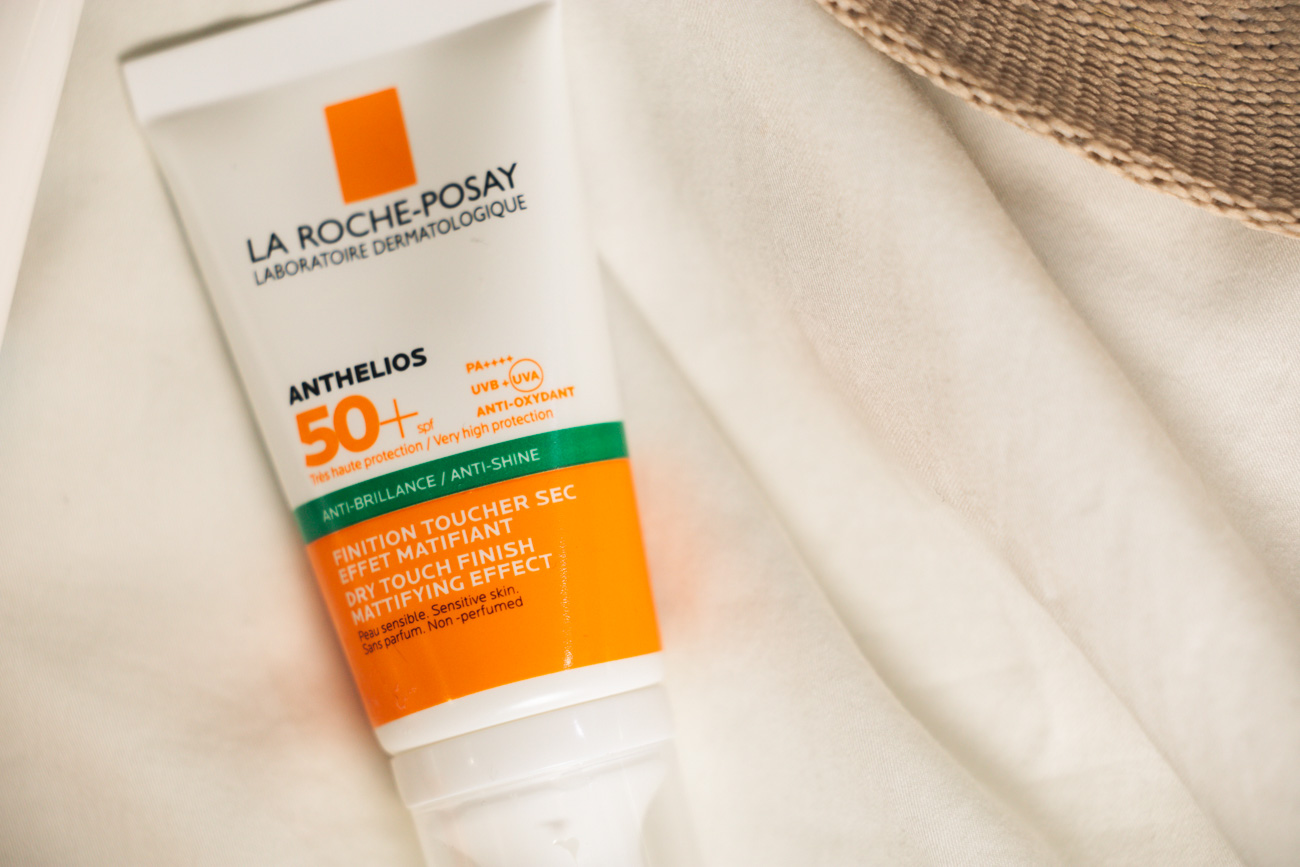Your cart is currently empty!
How to Protect Yourself from the Sun in Finland

Affiliate links marked with *.
In this article, we’ll go through the different types of UV radiation, their side effects, and ways to protect yourself from the sun. For those who are looking for a candidate for the best sunscreen, the summary is this.
The best sunscreen is:
- SPF30+ protection factor
- Broad-spectrum (protects against both UVA and UVB radiation)
- Suits you so well that you actually use it
Here are a few of our own favorites that meet those three requirements:
- For the face: La Roche-Posay Anthelios Invisible Fluid Ultra- Light SPF50 + 50ml*
- For the body: La Roche-Posay Anthelios Sunscreen Emulsion ECO SPF50 + 250 ml*
There are other good sunscreens out there, and the most important thing is that you protect yourself. If you’re wondering if you should put sunscreen on, that’s how you know that you should.
Tanning doesn’t protect you from the sun. Rather, it’s a sign of DNA damage. The sun is not as harsh in Finland as in other countries closer to the Equator but it can still harm your skin if you stay out for long without protection.
Why Protect Yourself from the Sun?
UV radiation from the sun causes cancer and ages the skin. To protect yourself from the sun:
- Avoid direct sunlight
- Protect yourself with clothing
- Use sunscreen
Ultraviolet radiation is invisible to the human eye. You can get sunburn on a cloudy day, too. The UV Index is an easy-to-read way to estimate the amount of harmful UV radiation. When the UV index is above 3, you should protect yourself. In Finland, the UV index is higher during the day than from 3 May to August between about 10 am and 5 pm, in northern Finland for a slightly shorter period.
At the end of this Duodecim article, they summarize the reasons and tips for protecting yourself from the sun:
- Ultraviolet radiation causes skin cancer and aging
- Avoiding the sun and protective clothing are better ways to protect yourself than sunscreen
- A good sunscreen is broad-spectrum, meaning it protects against both UVA and UVB radiation
- Sunscreen is a great extra layer of protection when you apply it it properly
Here are some tips: Use quality sunscreen in fair amounts and don’t rely on it for doing all the protecting.

What Does the Sunscreen Protection Factor Mean?
Sun protection factor 15. Sun protection factor SPF 50 + … Sunscreens almost always have an SPF protection factor somewhere on the label, usually between 10 and 50.
The SPF ( sun protection factor ) reflects the protection provided by sunscreen against UVB radiation, which causes reddening of the skin. The SPF protection factor does not yet indicate protection against UVA radiation, i.e. protection against skin aging.
The SPF protection factor is easier to understand when looking at the protection it provides against UVB radiation.
- A cream with an SPF 50 lets through 2% of UVB radiation.
- SPF30 lets through 3%
- SPF15 lets through 10%
- A cream with no SPF at all can transmit 100% of UVB radiation (at least close to 100%)
 The difference between SPF30 and SPF50 is thus quite small (letting through 2% vs 3% of harmful radiation). Whereas the difference between SPF15 and SPF50 is considerable (letting through 10% vs 2% of harmful radiation). The difference between unprotected and even small factor (SPF15) is huge (lets through almost all harmful radiation (100%) vs only 10%).
The difference between SPF30 and SPF50 is thus quite small (letting through 2% vs 3% of harmful radiation). Whereas the difference between SPF15 and SPF50 is considerable (letting through 10% vs 2% of harmful radiation). The difference between unprotected and even small factor (SPF15) is huge (lets through almost all harmful radiation (100%) vs only 10%).
When sunscreen rubs off it no longer provides protection and should be added at regular intervals (every other hour) and more often if you sweat, swim or otherwise rub off the protection.
Here is the price difference between SPF30 and SPF50 as actual products:
- SPF50: 30 € / 250 ml ( La Roche- Posay Anthelios sunscreen lotion ECO SPF50 + 250 ml *)
- SPF30: 27 € / 250 ml ( La Roche- Posay Anthelios sunscreen lotion ECO SPF30 + 250 ml *)
Thus, the difference in price per liter may not be very large even if the product provides slightly better protection.
UVA and UVB Radiation Are Not the Same
The ultraviolet radiation of the sun has two significant wavelengths: UVA and UVB. UVC radiation filters out in the earth’s ozone layer, so sunscreen is not needed to protect against it.
Most of the energy in the sun’s UV radiation is UVA radiation. As we saw above, the sun protection factors indicate the effectiveness of sunscreen against UVB radiation. Therefore, a good sunscreen is broad-spectrum, meaning it also protects against UVA rays.
UVA Radiation
UVA radiation is long-wave (320–400 nm) radiation that penetrates deeper into the skin than short-wave UVB radiation. UVA radiation ages the skin and causes wrinkles.
UVB Radiation
UV radiation is (280–320 nm) medium-wavelength radiation that affects the surface layer of the skin and causes DNA damage and thickening of the skin. UVB radiation causes sun burns.
UVB radiation in particular increases the risk of skin cancer. Tanning is a sign of DNA damage.
The Best Sunscreens for the Face
Good sunscreens applied to the face are light, inconspicuous and also suitable for the skin around the eyes. Other good properties include non-gloss, good spreadability and the fact that they do not clog up skin pores.

The same general guidelines apply to sunscreens for the face: that is, protection against both UVA and UVB rays should be provided, as well as an adequate protection factor (at least SPF30).
Sunscreen Under Makeup
Makeup alone does not protect you from UV radiation, so it’s a good idea to apply sunscreen before you put on makeup. Light and easy-to-apply sunscreens are suitable for this.
We’re a big fan of this sunscreen: La Roche-Posay Anthelios Invisible Fluid Ultra-Light SPF50 + 50 ml*
Don’t Forget: Sunscreen for Lips
It is also good to protect the lips from the sun. There are sunscreens and lip balms specifically made for this purpose. Sunscreens for the skin are not designed to taste good, so a lip balm or lip balm is more comfortable to use.
Here are some examples:
- Sunpro Sunscreen for Lips SK 50+ 15 ml *
- Vichy Idéal Soleil sunscreen for lip SPF 30+ 4.7 ml*
- ACO Sun Lips SPF 30 5 g *
The Best Sunscreens for Kids
The effects of UV radiation accumulate on the skin during life, so protecting children’s skin from the sun is extremely important. Sunscreens are not recommended for babies, so avoiding the sun in other ways is the way to go. Sun-protective clothing and sunscreen are recommended for play-aged children.
Enjoy the Outdoors – Safely!
Summer is my favorite time in Finland and Scandinavia. Enjoy the outdoors more by protecting yourself from the sun!
This article is not medical advice. Consult an expert if you have any questions related to your skin and sun protection.
The latest All Good Great articles
-

Remarkable 2 in Focus: Review of the E-Ink Tablet
What is the Remarkable 2 paper tablet like? Read about user experiences and tips.




Leave a Reply